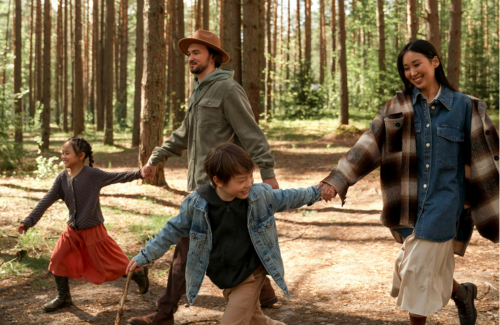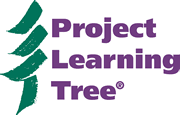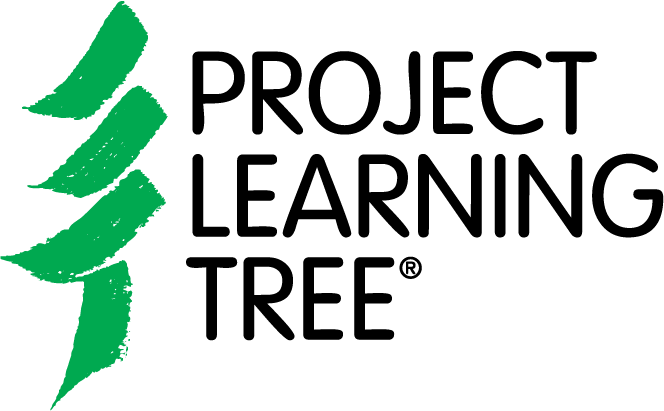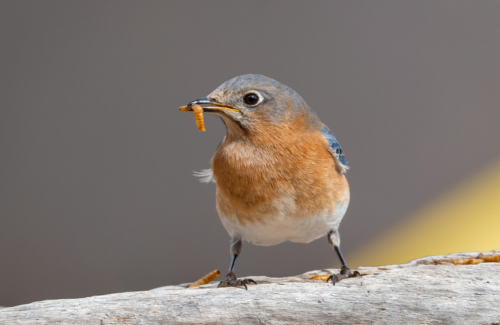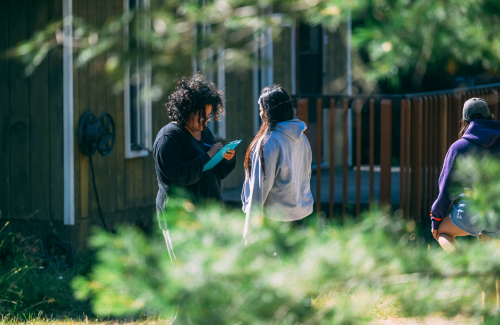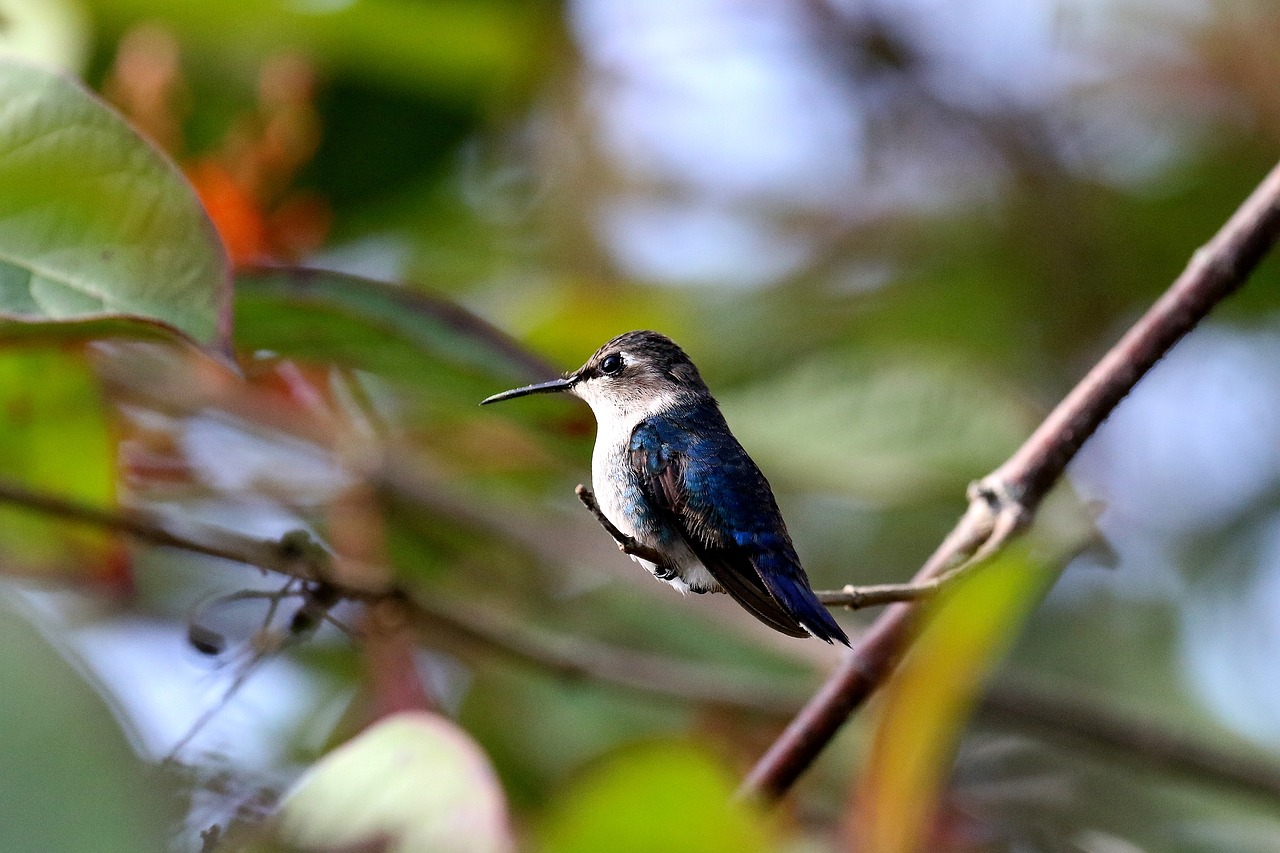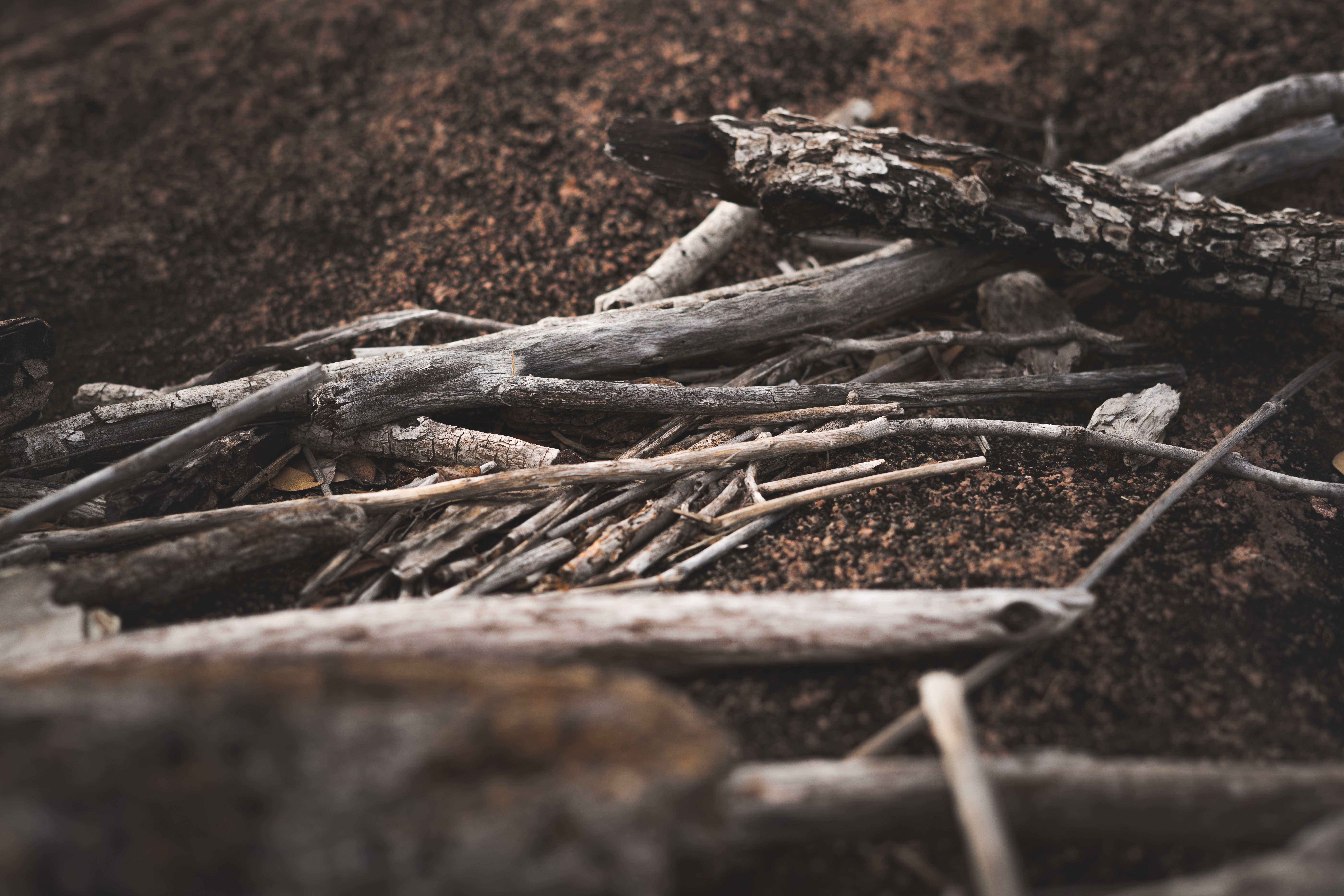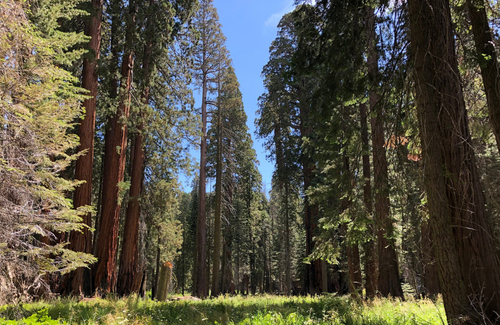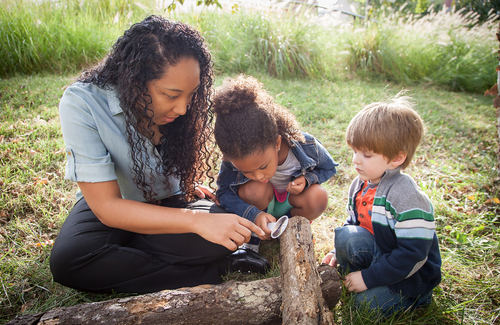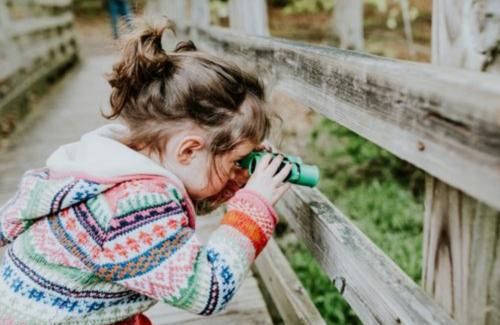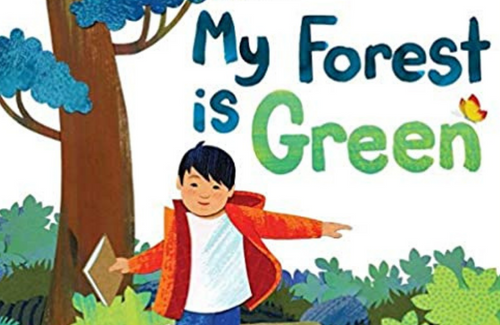As the holiday season approaches, it’s a great time to get outside to refuel and recharge yourself by taking a gratitude walk! A gratitude walk helps us pause, reflect, and give thanks to every person and living thing in our natural world.
Join Sparrow for a backyard adventure. She uses her strongest scientific tools – her own eyes, ears, and notebook – to watch and listen to the many types of birds around her.
What makes a home? Explore these resources (perfect for World Migratory Bird Day on May 13) by guest author Naamal De Silva of the American Bird Conservancy, and reflect on our relationships with birds, nature, and the idea of “home”.
First launched in 2013, PLT had the opportunity to partner with Dr. Kris Irwin to author a total of 30 STEM Strategies that supplement activities within various PLT curriculum guides, including the Explore Your Environment: K-8 Activity Guide. As Dr. Irwin plans for his retirement in early 2024, we are excited to share his favorite STEM Strategies from over the years.
Young learners often focus on bees when learning about pollinators, but it’s important to introduce them to the diverse range of pollinators supporting our ecosystems. From birds to bats, butterflies to moths, there’s much to learn. Engaging activities like scavenger hunts, bee baths, and pollinator-themed crafts help them understand the vital role of these creatures and the importance of conserving their habitats. Explore how you can enhance activities and learnings with PLT!
Sticks are a versatile and cost-free resource that offers endless possibilities for engaging in STEM activities. Enlist the help of your students to gather sticks, then explore a variety of fun, hands-on activities that promote critical thinking, problem-solving, and creativity!
April 17 – 25, 2021 is National Park Week! Celebrate this annual week-long celebration by teaching your students about public lands and the many contributions of Black Americans to the National Parks System, and encouraging the exploration of these culturally and historically significant areas.
Explore PLT resources to help you teach students about the environment, whether you’re new to teaching or looking for new environmental education resources to explore! PLT provides easy-to-teach, hands-on activities suitable for various settings, and a range of resources to support and mentor new educators.
With winter break just around the corner, we’ve compiled a list of fun outdoor activities to keep everyone entertained. Unravel two weeks’ worth of advent-ures from nature-based gifts to identifying animal tracks!
Follow along a curious young boy who explores the urban forest near his home and describes the shapes, textures, and colors of the plants and animals that live there and encourages young children to observe and appreciate the nature around them.
